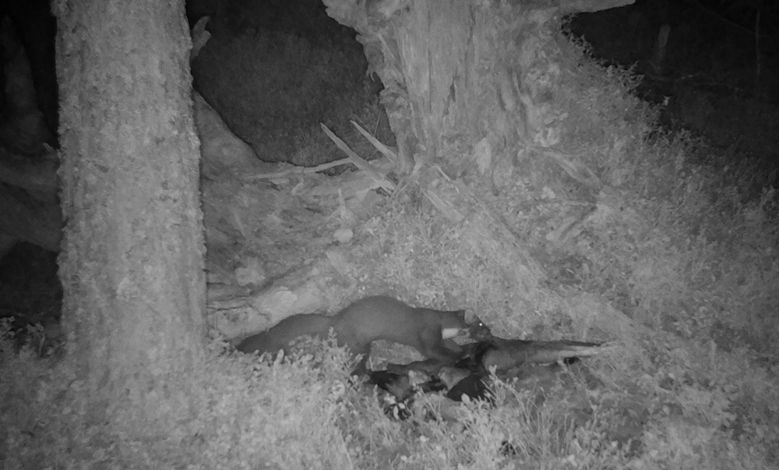


by Xavier Lambin — Reposted by: Robin J. Pakeman, Keith C. Hamer

Reposted by: Xavier Lambin, Julie L. Lockwood
We reflect on co-producing evidence in an effort to bridge the implementation gap, for evidence based, impact focused predator control.
What worked, what didn't and where barriers to implimentation still remain.
You can't win them all... 🧪
Reposted by: Xavier Lambin
Out today in the royal society proceedings B. We find that diversionary feeding boosts productivity of cappercaille from 0.82 to 1.90. Indicating that this impact based method can effectively reduce the influence of predation.
Read all about it here: shorturl.at/QRb76

Reposted by: Xavier Lambin, Bernd Lenzner
besjournals.onlinelibrary.wiley.com/doi/10.1111/...

Reposted by: Xavier Lambin
View post
Reposted by: Xavier Lambin

Reposted by: Xavier Lambin
Reposted by: Xavier Lambin
Read the full paper here: www.biorxiv.org/content/10.1... 7/7
Reposted by: Xavier Lambin

Reposted by: Xavier Lambin

Reposted by: Xavier Lambin

Reposted by: Xavier Lambin

Reposted by: Xavier Lambin
2/7
Reposted by: Xavier Lambin
We quantified the direct impact of diversionary feeding on capercaillie productivity. We show an increase in the proportion of hen with a brood in DF sites (37% -> 85%) and, as a result, a 131% increase in chicks per hen. Read more here: www.researchgate.net/publication/...
1/7

Reposted by: Xavier Lambin
All great people and worth a follow ☺️
with @Paulcaplat.bsky.social, @Chrissuthy.bsky.social and my brilliant, supportive, interactive team within UoABioSci
findaphd.com/phds/project/q…
